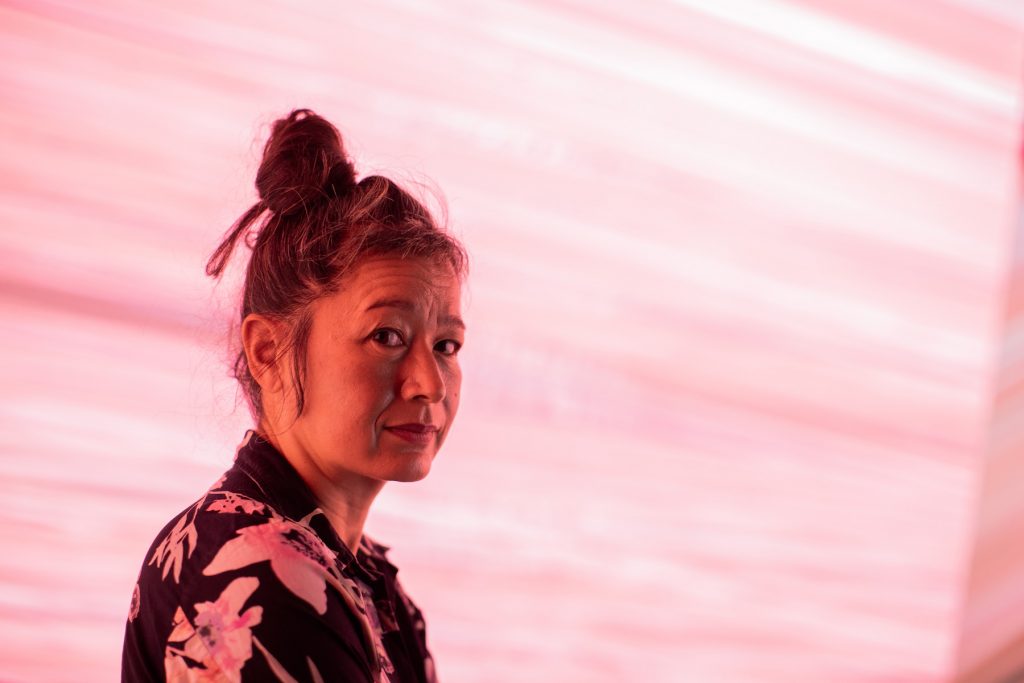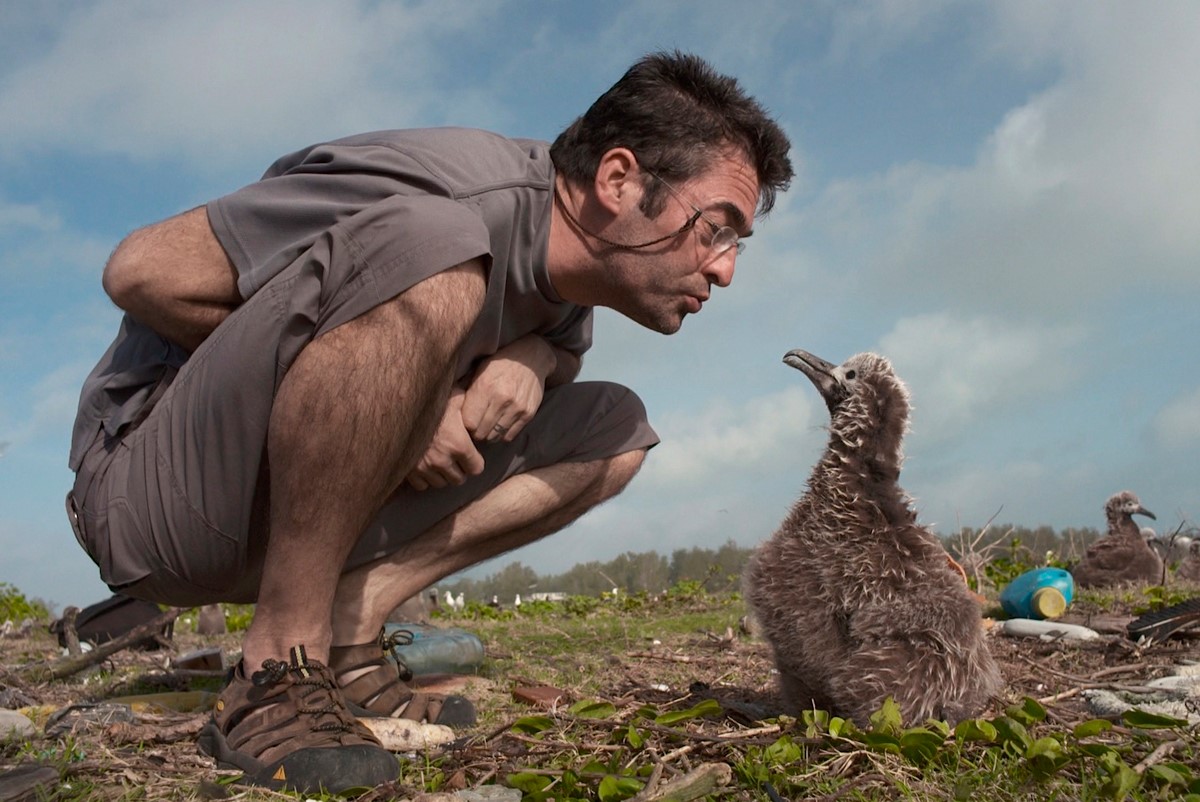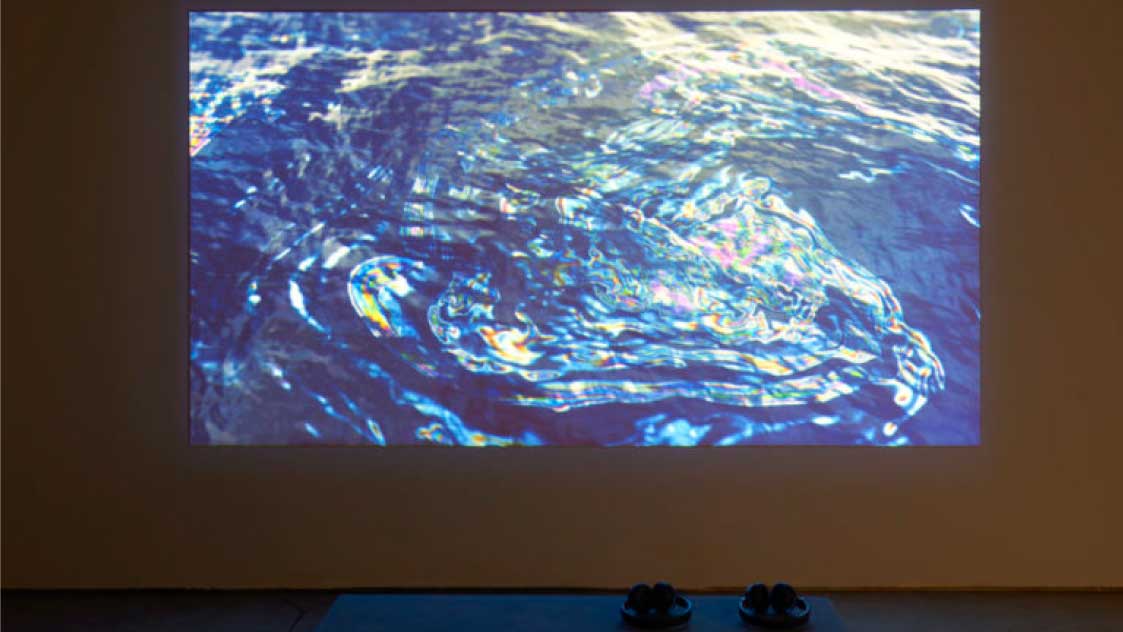Meet the Artists

Hito Steyerl
is a German artist, filmmaker, and educator that makes artworks that utilize the medium of video transmission. Her works consisted of visual works discussing ongoing social issues, amplifying her belief that audiences can connect well with pieces commentating on world events rather than only consuming news that is reported. Steyerl utilizes her talents of filmmaking to mix original works and repurposed footage of news sources to drive the point of the subject matter she covers. In a documentary she made called “November”, Steyerl utilizes a variety of footage relating to her friend, Andrea Wolf, that was involve in the Kurdish nationalism movement in Turkey, consisting of Turkish broadcastings, films they’ve both made before, and repurposed footage from martial arts films. This mix of videos allows the artist to express who Wolf was as a person and what her personality was serving for the Kurdish Workers’ Party. Her other works consisted of commentary on the great depression, economic inequality, and imbalance. Hito Steyerl’s exhibit called “Power Plants” is an augmented reality experience that consisted of screens showing visuals of plants generated by that’s calculated to be 0.04 seconds into the future. The concept of the exhibit takes place in the future when the plants bloom from the negative impact we’ve had on our environment. In Steyerl’s current works, she starts to experiment with the emerging technology of augmented reality and Power Plants is not an exemption. Steyerl allows viewers of her work to use their phones or tablets to reveal elements of the exhibit that one could not witness in person. These hidden elements consisted of messages written in the future, evidence from individuals on the exhibition concept, and text describing the plants.
Hito Steyerl’s exhibit called “Power Plants” is an augmented reality experience that consisted of screens showing visuals of plants generated by that’s calculated to be 0.04 seconds into the future. The concept of the exhibit takes place in the future when the plants bloom from the negative impact we’ve had on our environment. In Steyerl’s current works, she starts to experiment with the emerging technology of augmented reality and Power Plants is not an exemption. Steyerl allows viewers of her work to use their phones or tablets to reveal elements of the exhibit that one could not witness in person. These hidden elements consisted of messages written in the future, evidence from individuals on the exhibition concept, and text describing the plants.

Chris Jordan
is an artist that utilizes photography to create works revolving around the issues that arises from consumerism. He expresses the importance of having a good relationship with one’s spirit, against the negative impacts that cause our eventual decline in connection. Jordan also uses the medium of film to create emotional works that amplify the artworks created before. “Midway: Message from the Gyre” is a series of photographs by Chris Jordan, consisting of plastic pieces and shards eaten by infant albatrosses (large sea bird) from Midway Atoll in the Pacific Ocean. The parents of these birds commonly find trash to bring back, due to the continuing pollution of the ocean risking the lives of species relying on its resources. Jorden amplifies the subject matter of the dead albatrosses to tell us our ways of consumption influences species outside of us through the waste we produce. Not only that, but Jorden also makes us wonder our knowledge of the things we consume, If it’s good for us or not. Will we be able to see the damage consumerism has caused us or be dominated by the goods it provides and fall to the same fate depicted in this series. Jorden shows us the impacts pollution has on species other than ourselves, while having a philosophical message on how we should deal with the ways we consume.
“Midway: Message from the Gyre” is a series of photographs by Chris Jordan, consisting of plastic pieces and shards eaten by infant albatrosses (large sea bird) from Midway Atoll in the Pacific Ocean. The parents of these birds commonly find trash to bring back, due to the continuing pollution of the ocean risking the lives of species relying on its resources. Jorden amplifies the subject matter of the dead albatrosses to tell us our ways of consumption influences species outside of us through the waste we produce. Not only that, but Jorden also makes us wonder our knowledge of the things we consume, If it’s good for us or not. Will we be able to see the damage consumerism has caused us or be dominated by the goods it provides and fall to the same fate depicted in this series. Jorden shows us the impacts pollution has on species other than ourselves, while having a philosophical message on how we should deal with the ways we consume.
Susan Schuppli
is a UK artist and researcher that does field work to retrieve evidence that captures documentation of the event she’s researching. Her current work relates to retrieving materials that relate to the ongoing issue of climate change and how the events continually influence the evidence to reflect the current state of the matter. Scruple states how important evidence retrieval is to document events by treating the natural world as a witness towards ecological events it has witnessed or been affected through its lifetime. In the art piece “Nature Represents Itself”, Susan Schuppli shows brings us to the aftermath of an oil spill accident caused by BP (British Petroleum Company) in 2010. The piece consisted of computer-generated visuals of the contaminated ocean, accompanied with audio about legal action against BP, satellite images of the oil spill, and video footage of the live leaking. Schuppli based the exhibit around this oil spill to show how an ongoing threat to our ecosystem can have obverse effects when not acted upon. Through our online access of visuals of underwater coverage of the oil leaking, we’re able to connect better to the issue at hand through immersion of the surveillance shot. The art piece commentates on the poor reaction time oil companies make toward environmental pollution, while showing the importance of visuals to get the issue across to form future awareness and change.
In the art piece “Nature Represents Itself”, Susan Schuppli shows brings us to the aftermath of an oil spill accident caused by BP (British Petroleum Company) in 2010. The piece consisted of computer-generated visuals of the contaminated ocean, accompanied with audio about legal action against BP, satellite images of the oil spill, and video footage of the live leaking. Schuppli based the exhibit around this oil spill to show how an ongoing threat to our ecosystem can have obverse effects when not acted upon. Through our online access of visuals of underwater coverage of the oil leaking, we’re able to connect better to the issue at hand through immersion of the surveillance shot. The art piece commentates on the poor reaction time oil companies make toward environmental pollution, while showing the importance of visuals to get the issue across to form future awareness and change.